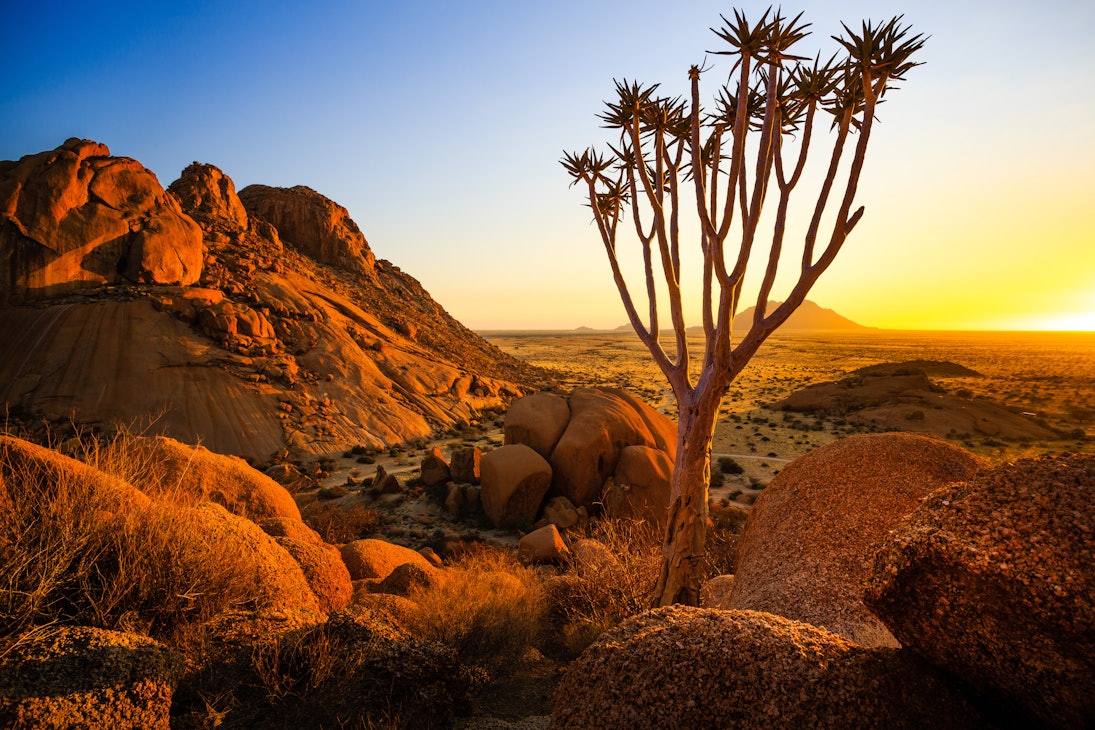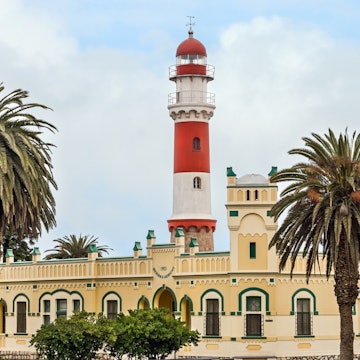

©Radek Borovka/Shutterstock
Overview
If Namibia is 'Africa for beginners', as is often said, what a wonderful place to start.
Must-see attractions
Planning Tools
Expert guidance to help you plan your trip
Best Things to Do
The scope of activities on offer in Namibia is astounding. From diamond mining to star-gazing to hiking and country jaunts, building an epic trip is a breeze.
Read full article
Best Places to Visit
From the wild beaches of the Skeleton Coast to the wildlife of Etosha, Namibia has plenty to lure adventurers. Here are the best places to visit.
Read full article
Best Time to Visit
Namibia is a wonderful destination with nearly fail-proof weather, perfect for many different adventures.
Read full article
Things to Know
Get ready for your trip to Namibia with these important tips on health, safety and things to pack.
Read full article
Transportation
There aren’t many places where you can drive for hours without seeing anything other than the occasional oryx. Here's how to get around in Namibia.
Read full article
Visa Requirements
Here's everything you need to know about getting a tourist visa to travel to Namibia.
Read full article
Money and Costs
Save money on your trip to Namibia with these cheap transport tips and information on the costs of camping vs staying in a lodge.
Read full article
Traveling with Kids
From wildlife-watching safari adventures to stargazing, family travelers will find that Namibia has a lot to offer.
Read full article
Best Road Trips
Set off on an adventure in Namibia with these five road trips featuring desert, dunes, waterways and Atlantic coastline.
Read full article
















